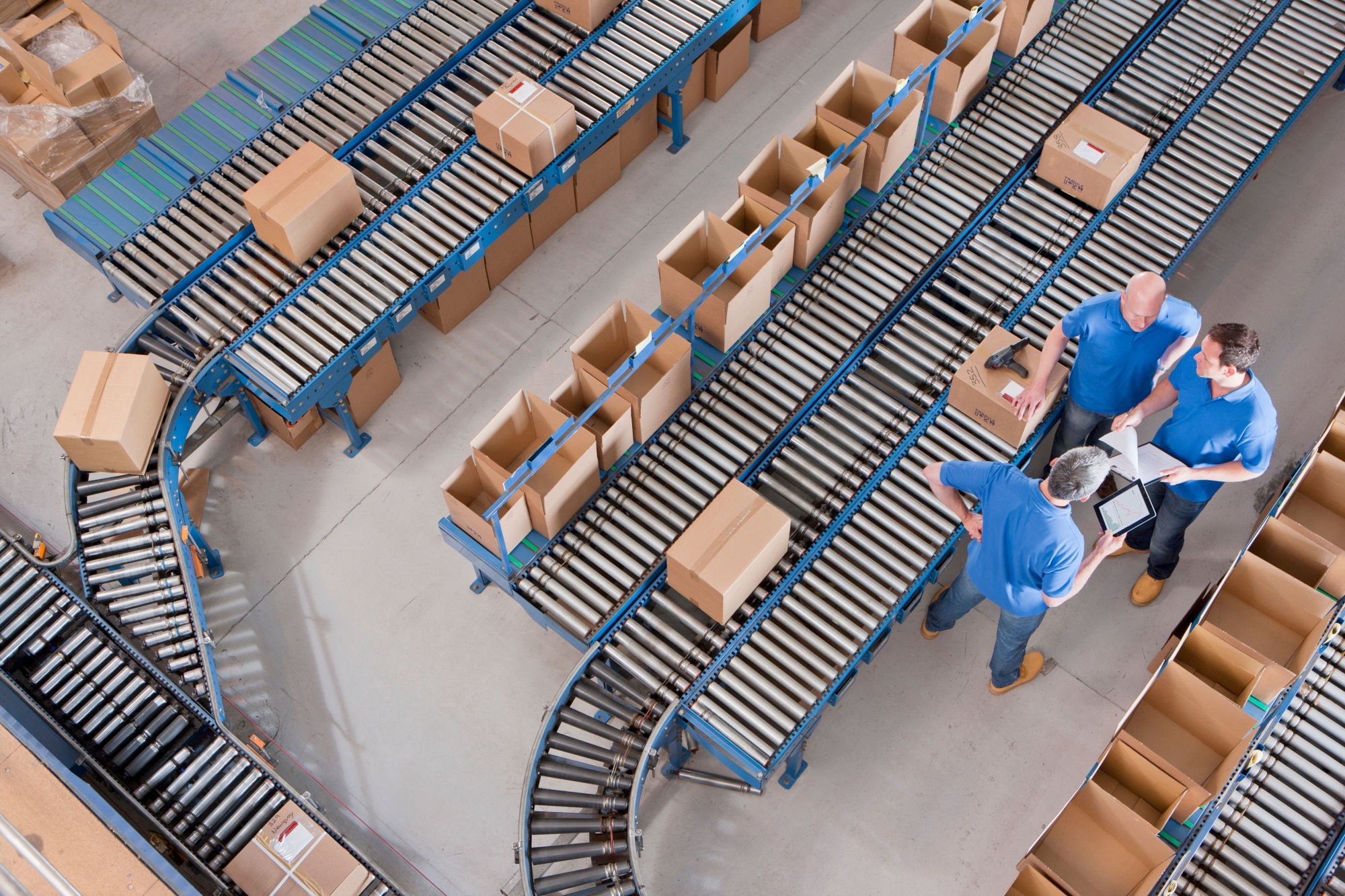The speech by the CEO of one of the world's largest and most successful companies illustrates that outsourcing to lower-wage countries as a model is no longer automatic:
- Complicated supply chains, peculiar to manufacturing in China, for example, pose a major challenge, ranging from intellectual property protection to rising transport costs and exchange rate risk.
- On top of that, Immelt argues, innovation, on which we want to focus so much here, is an iterative process between engineering and production, where a certain scale of production is needed to engage in innovation.
- 'Human innovation' is also discussed at length as a necessary aspect for ensuring a future for manufacturing in the United States. With this, Immelt refers to three key elements. The first indicates the importance of investing in employee competence building. A second element illustrates the benefits but also the necessity of lean thinking in the broadest possible sense. The third element of 'human innovation' is about setting up new cooperation models with the trade unions in which management and union dare to face the new reality, with a clear future perspective.
So much for Jeffrey Immelt's argument. Stanwick sees today that supply chain decisions around allocating new products and volumes to factories indeed do not follow a one-dimensional path:
- Classics in such decisions include staff costs, local branch benefits and "close to the customer" considerations.
- But it doesn't stop there, decision-makers in today's industrial companies are looking through a holistic lens:
- Can this location recruit, develop and retain talent?
- Does the local culture support flexibility and continued development of the new product?
- Are risks sufficiently under control (intellectual property, offering two sourcing opportunities per key product group, etc.)?
- If invested, will the project be implemented competently and quickly?
It is up to Western factories and industrial sites to be attractive on the whole, and not to focus on the specific disadvantages such as high Western labour costs.
Finally, we see a hopeful trend towards more simple supply chains in sectors where fast and high-quality response to customers is important. Think of products in small series, with high variability in demand patterns (custom orders). Opt for cooperation with quality local suppliers, in a supply chain with short lead times. Professor Suri sums this up well in his concept of "Quick Response Manufacturing".
The Manufacturing industry still has a way to go in the West, to Europe to realise the "Factory of the future".





